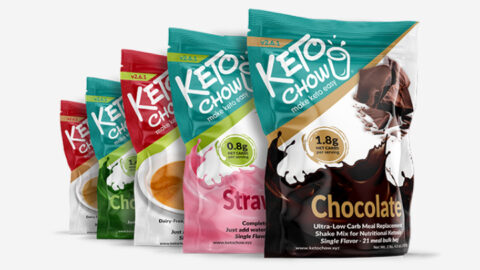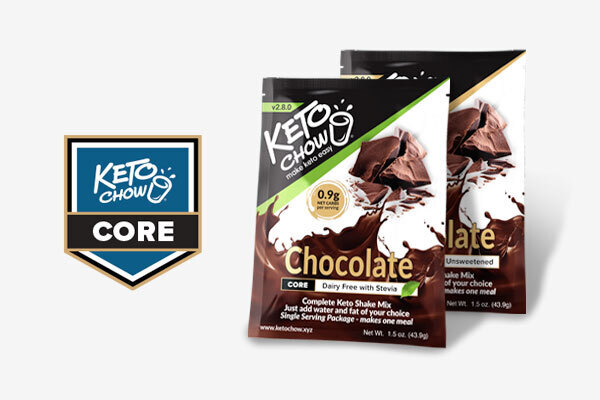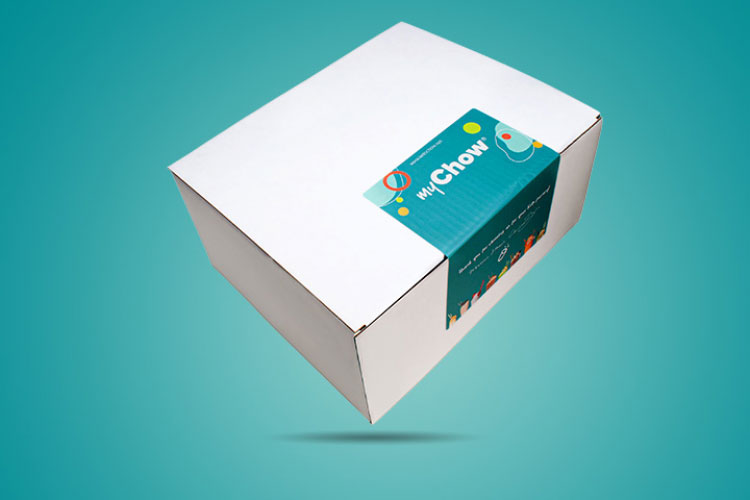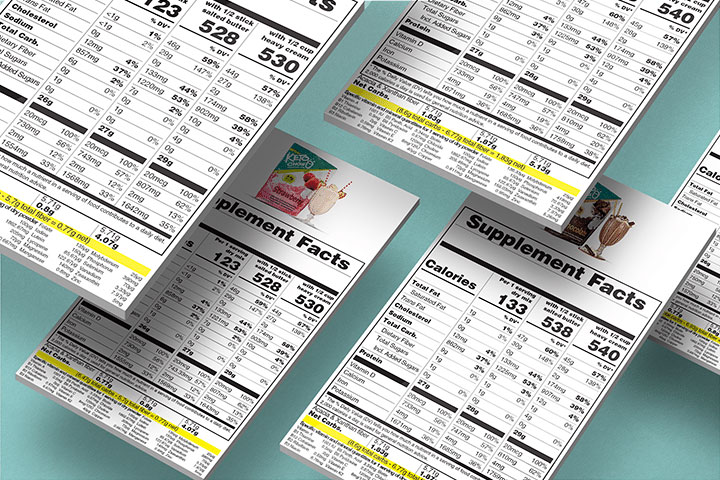What is Acacia gum?

Acacia gum (also referred to as “Gum Arabic”) is the hardened sap of acacia trees. According to a 2012 article published in Nutrition Journal, the specific Acacia trees the sap comes from are Acacia senegal or Acacia seyal trees.
Why should you eat it?
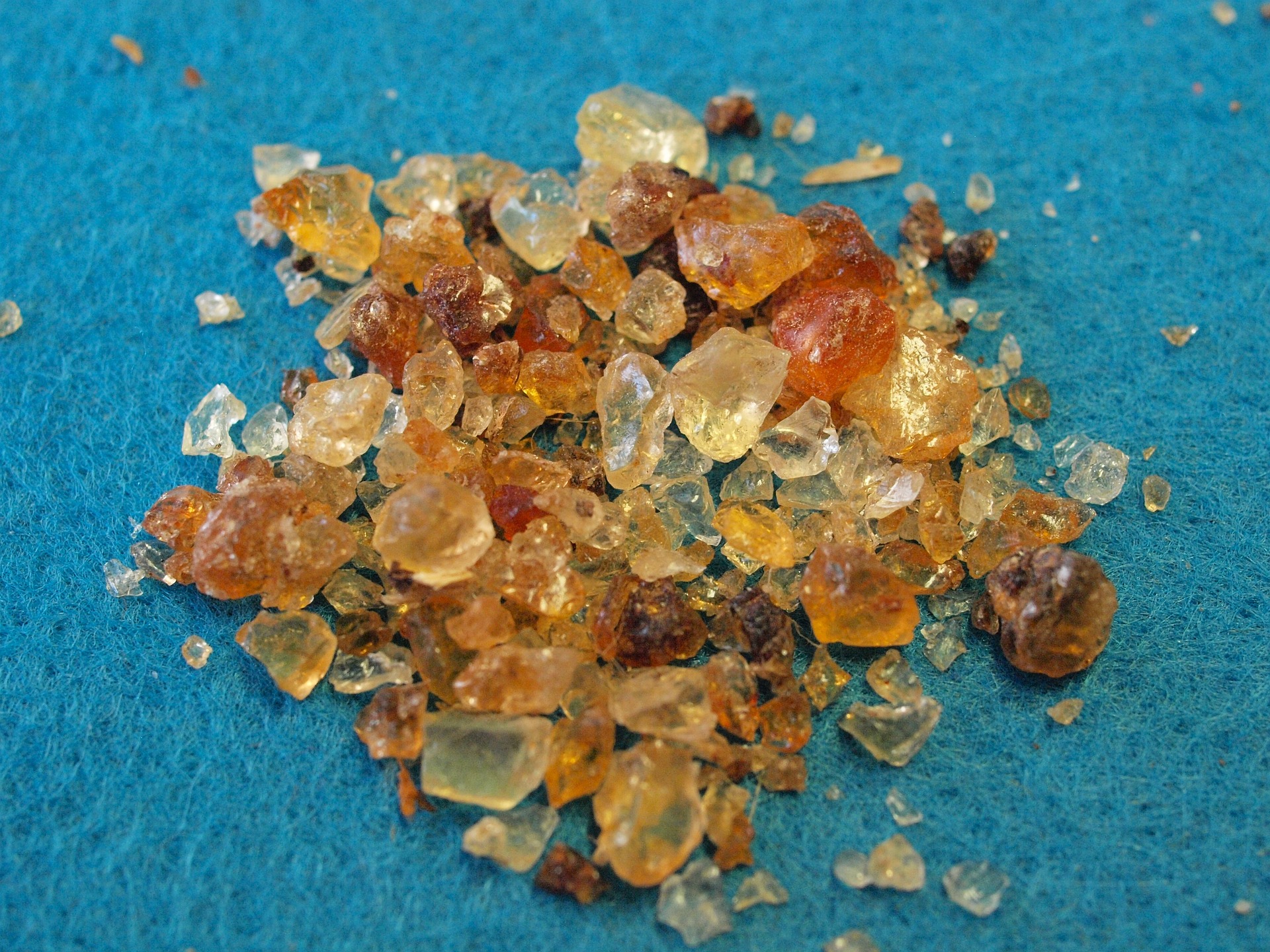
Acacia gum is an excellent source of soluble fiber. It’s particularly suitable for a ketogenic diet. As a heteropolysaccharide, humans aren’t able to extract any calories directly from it – note the emphasis on directly: we do get some calories from the bacterial action (fermentation) in the form of Short Chain Fatty Acids (SCFAs).
Acacia Gum is a soluble fiber – that means it dissolves in water. Unlike cellulose, which is insoluble, once dissolved it should have no texture at all. For a drink like Keto Chow this is ideal. Additionally, it’s soluble in cold water.
What it does once ingested
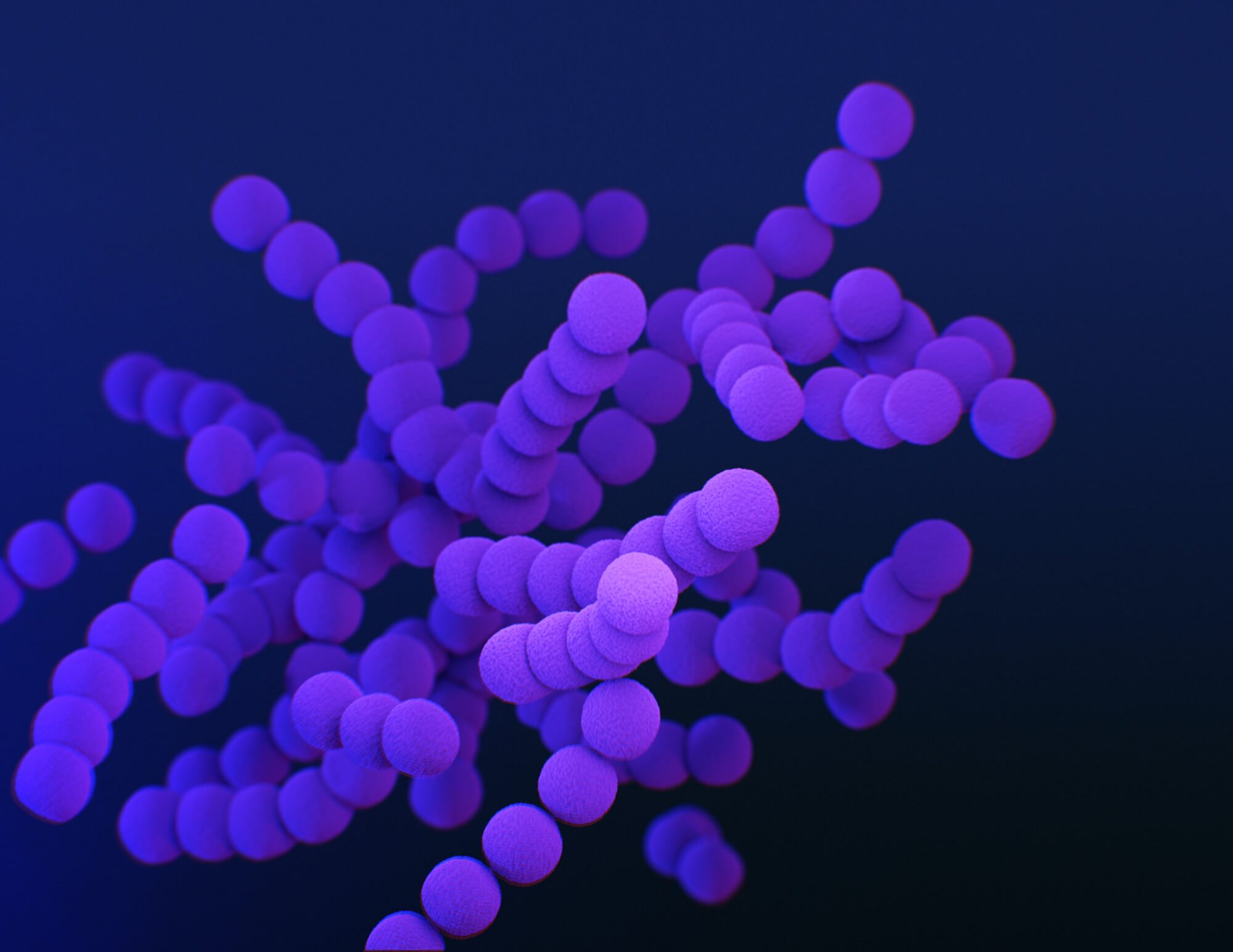
You have a lot of bacteria living in your intestines, especially your large intestine. Much of the food that your body is unable to directly break down (or just doesn’t want to expend the energy necessary), bacteria is really happy to break down.
Sometimes the results are unwanted (flatulence) other times it directly impacts your health and well being. Keeping your gut bacteria/microbiome happy and thriving is vital to your own health. It’s why you see ads for live culture yogurt. There are even studies that indicate that one of the driving forces behind obesity could be what bacteria is prevalent in a persons body.
My own personal theory? Some people develop a crop of bacteria that loves feeding off starch and other simple sugars and coaxes the host into eating the food the bacteria wants (I have no idea what the mechanism for this might be but whatever) driving them towards eating “carbs”.
People who start keto will often have some serious cravings for carby foods but it eventually diminishes. Again with my own theory: I think the bacteria switches food or dies off and is replaced by bacteria that handles the new diet better… unless you “cheat” – then it’s back and hungry for more.
When Acacia gum is broken down by bacteria the result are Acetate, Propionate, and Butyrate. Your body can and does use these for energy, BUT, unlike a simple sugar, you don’t need insulin to burn these, and it won’t affect ketosis.
Butyrate acts as a main energy source for gut epithelium, Propionate also helps those guys out but also goes to the liver to be processed. All this keeps your microbiome happy and well, doing its thing like it should.
There are studies showing that not only can people tolerate >50g of acacia gum a day, it actually helps people with Irritable Bowel Syndrome (IBS) and other gut ailments. Sometimes only mitigating the problem, other times effectively curing it. Now not all of the acacia gum gets broken down and the remainder works to “move things along.”
In Conclusion

The main acacia gum benefits are that it:
- Helps keep your gut bacteria/microbiome happy
- Doesn’t affect ketosis
- Helps those with IBS and other gut ailments
- Helps “move things along” in your digestion process
Other Sources
Here’s some of the scientific and marketing materials in regards to Acacia Gum. They contrast it with Fructo-OligoSaccharides (FOS) which are the most popular prebiotic fiber. Short version: less gas, better for you, nicer to IBS.
- Hours: Mon - Fri 8AM - 5PM (Mountain)
Shop
Account
Company
The content of this website is not intended for the treatment or prevention of disease, nor as a substitute for medical treatment, nor as an alternative to medical advice. Use of recommendations is at the choice and risk of the reader. If you are on any medication, please consult with your family doctor before starting any new eating plan. Keto Chow is not intended to treat, cure or prevent any disease. Pregnant or breast feeding women should consult their health care professional before consuming.
